 |
 |
 |
 |
 |
 |
|
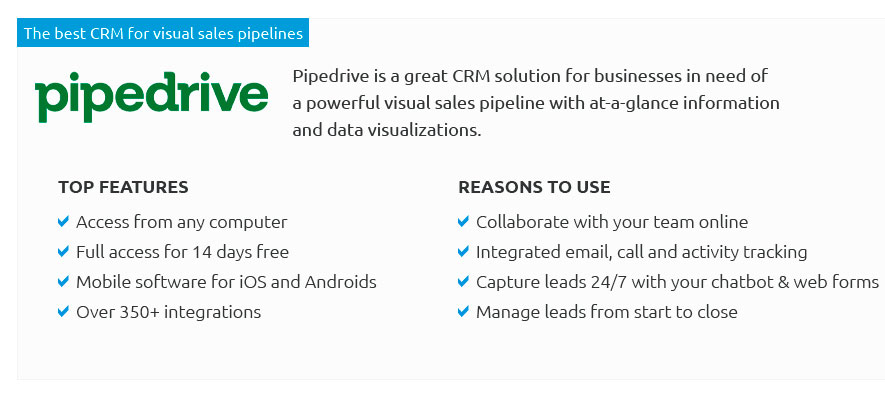 |
|
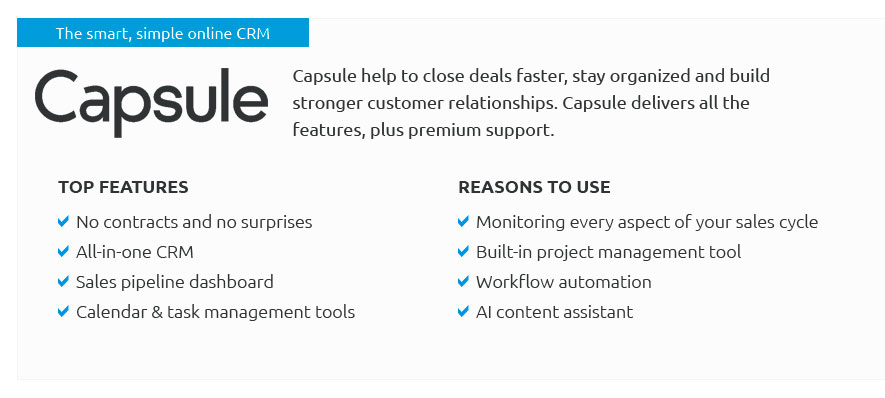 |
|
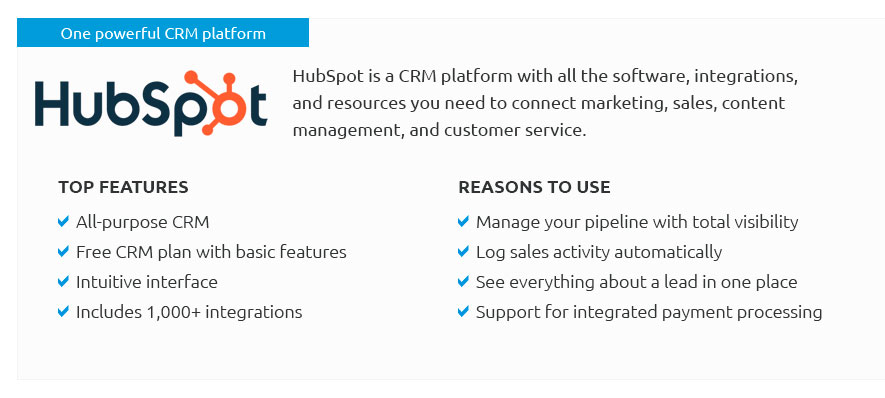 |
|
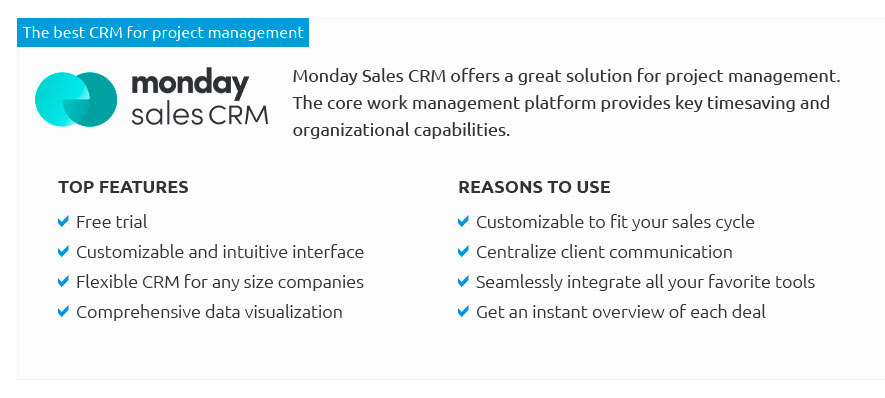 |
|
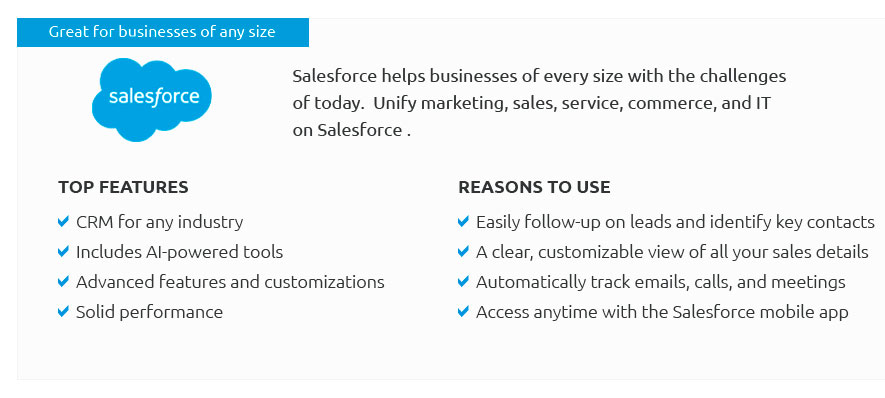 |
|
 |
 |
Exploring Workflow in Excel: An Essential Tool for EfficiencyIn the realm of productivity and data management, Excel stands as a formidable tool that has woven itself into the fabric of virtually every industry. As we delve into the concept of workflow in Excel, it's crucial to understand not only the technical functionalities but also the practical applications and subtle nuances that make it an indispensable resource. Excel's robust capabilities go far beyond simple number crunching; it provides a versatile platform for managing tasks, organizing data, and optimizing processes, which are pivotal in enhancing workflow efficiency. At its core, workflow in Excel refers to the systematic arrangement of tasks and processes within the spreadsheet environment to achieve streamlined operations. This involves designing spreadsheets that not only store data efficiently but also facilitate easy retrieval and manipulation of information. The beauty of Excel lies in its flexibility and the myriad of features it offers, from basic formulas to advanced programming capabilities using Visual Basic for Applications (VBA). These features enable users to automate repetitive tasks, thereby reducing human error and saving valuable time. One of the fundamental aspects to consider when developing a workflow in Excel is the organization of data. A well-structured spreadsheet not only looks aesthetically pleasing but also significantly improves functionality. For instance, using tables to segment different data sets can enhance clarity and make data manipulation more intuitive. Furthermore, implementing conditional formatting can provide immediate visual cues about the data's status, thereby allowing for quicker decision-making processes. The use of Excel formulas and functions is another critical element in establishing an efficient workflow. Functions such as VLOOKUP, INDEX-MATCH, and SUMIFS allow users to perform complex calculations and data analysis with relative ease. These functions, when used appropriately, can transform raw data into actionable insights, a process that is essential for informed decision-making. Moreover, understanding the power of pivot tables cannot be overstated; they offer a dynamic way to summarize, analyze, and present data in a comprehensible manner. Beyond technical prowess, the human aspect of workflow in Excel cannot be ignored. The design of an Excel workflow should always keep the end-user in mind, ensuring that the spreadsheet is accessible and user-friendly. This means that while advanced features and automation are beneficial, they should not come at the expense of usability. Excel is a tool meant to serve its users, and as such, its complexity should be balanced with simplicity and practicality. Moreover, collaboration is an essential component of modern workflows, and Excel has adapted well to this need through features that support shared access and real-time collaboration. This capability is especially important in a world where remote work is increasingly prevalent, allowing teams to work together seamlessly from different locations.
In conclusion, while Excel may appear straightforward on the surface, its potential to enhance workflow is vast and multifaceted. By thoughtfully employing its features, one can transform Excel from a mere spreadsheet application into a powerful tool for process optimization and data management. As technology evolves, so too will Excel's capabilities, continually offering new opportunities to refine workflows and drive productivity. Ultimately, mastering Excel's workflow capabilities can lead to significant improvements in efficiency and effectiveness, making it an invaluable asset in any professional setting. https://www.youtube.com/watch?v=Iq_ipEitE4Q
16:39 Go to channel How To Create A Flowchart In Excel - And Best Practices! Proper Project Management36K views https://learn.microsoft.com/en-us/dynamics365/business-central/across-how-to-create-workflows-from-workflow-templates
To create a workflow from a workflow template - Choose the Lightbulb that opens the Tell Me feature. - Choose the New Workflow from Template ... https://clickup.com/blog/how-to-create-a-workflow-in-excel/
This step-by-step guide will show you how to create workflows and leverage Excel's power for better decision-making.
|